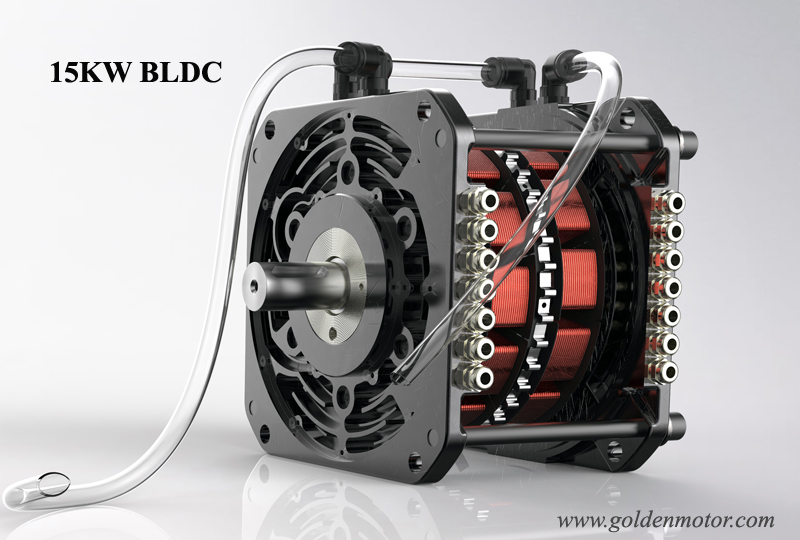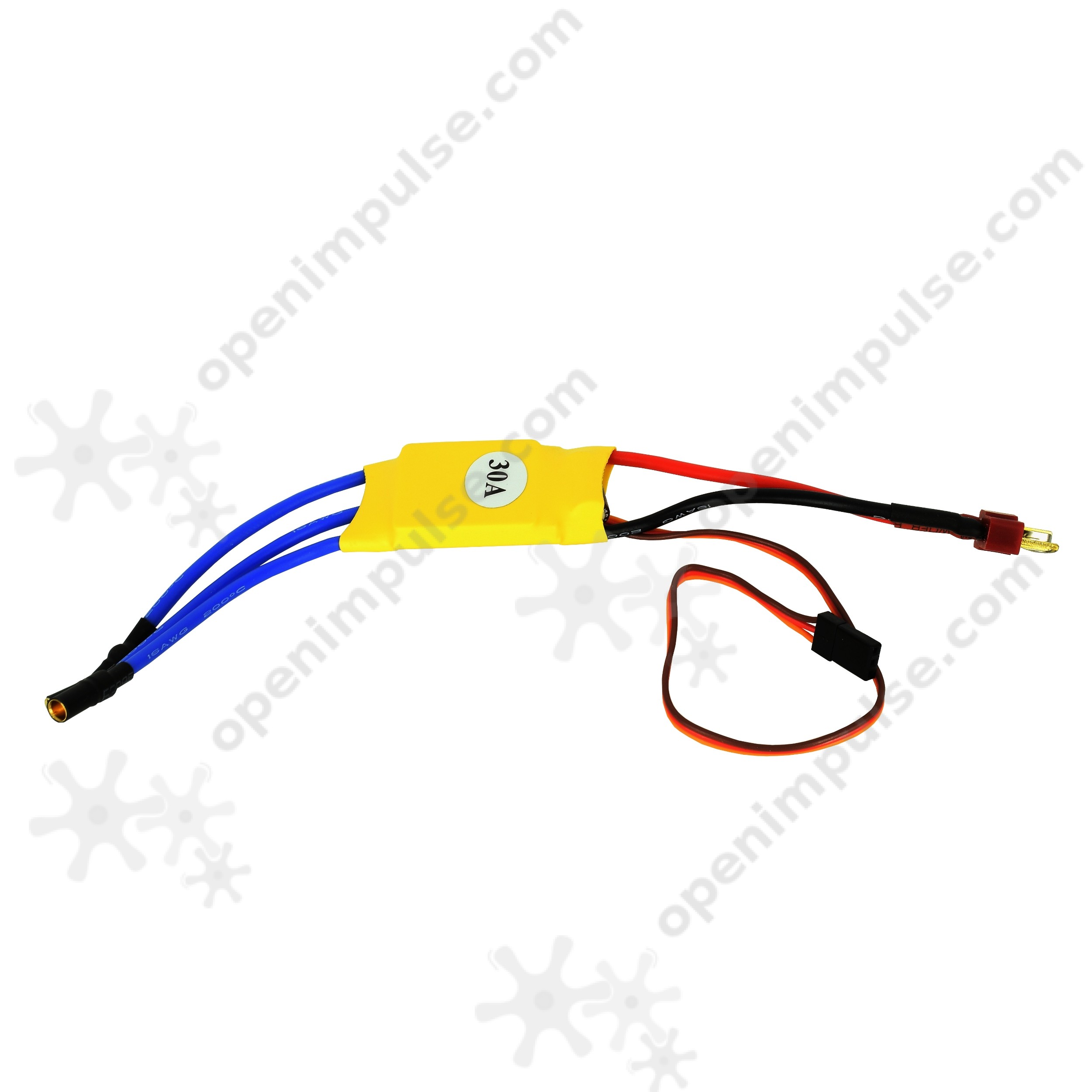Brushless Motors - Amazon.com


KinetiMax™ Brushless Motors with Drive - Allied Motion

Makita DLX2002M Brushless Motors - YouTube
Some Known Questions About Rotary Brushless Motors - Parker.

As the rotor turns, the commutator picks different windings and the directional current is applied to an offered winding such that the rotor's magnetic field remains misaligned with the stator and creates a torque in one direction. Disadvantages of commutator [edit] The commutator has drawbacks that has led to a decline in usage of brushed motors.
The soft brush product wears down due to friction, developing dust, and ultimately the brushes need to be replaced. This makes commutated motors inappropriate for low particle or sealed applications like difficult disk motors, and for applications that need maintenance-free operation. The electrical resistance of the sliding brush contact causes a voltage drop in the motor circuit called brush drop which takes in energy.

Brushless VsBrushed Motors - KDE Direct News Releases
During the last hundred years, high-power DC brushed motors, once the mainstay of market, were changed by alternating existing (Air Conditioning) concurrent motors. Today, brushed motors are only utilized in low power applications or where only DC is available, but the above disadvantages restrict their use even in these applications. Go Here For the Details [modify] In brushless DC motors, an electronic servo system replaces the mechanical commutator contacts.
The removal of the moving contact enables brushless motors to have less friction and longer life; their working life is just limited by the life time of their bearings. Brushed DC motors develop an optimum torque when stationary, linearly reducing as velocity increases. Some constraints of brushed motors can be gotten rid of by brushless motors; they consist of higher effectiveness and lower vulnerability to mechanical wear.
What's The Difference Between Brush DC And Brushless DC for Beginners
A typical brushless motor has long-term magnets that turn around a fixed armature, removing issues related to linking current to the moving armature. An electronic controller replaces the commutator assembly of the brushed DC motor, which constantly changes the stage to the windings to keep the motor turning. The controller carries out comparable timed power circulation by using a solid-state circuit instead of the commutator system.
Without any windings on the rotor, they are not subjected to centrifugal forces, and due to the fact that the windings are supported by the real estate, they can be cooled by conduction, needing no air flow inside the motor for cooling. This in turn indicates that the motor's internals can be totally confined and safeguarded from dirt or other foreign matter.
